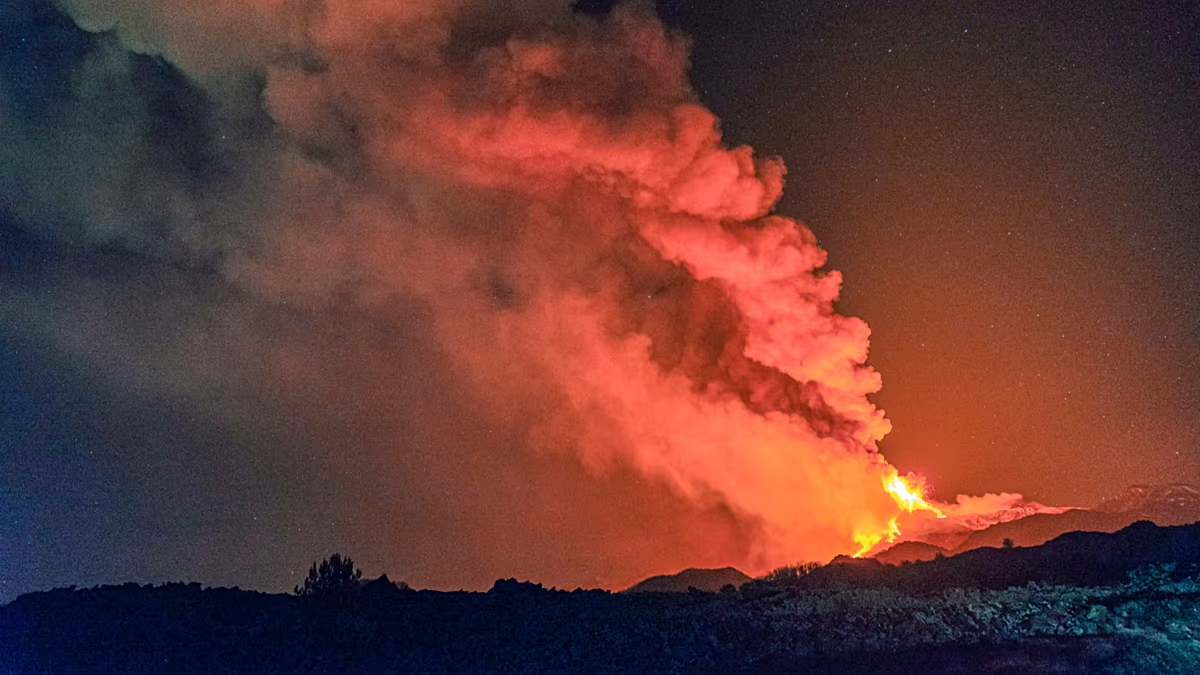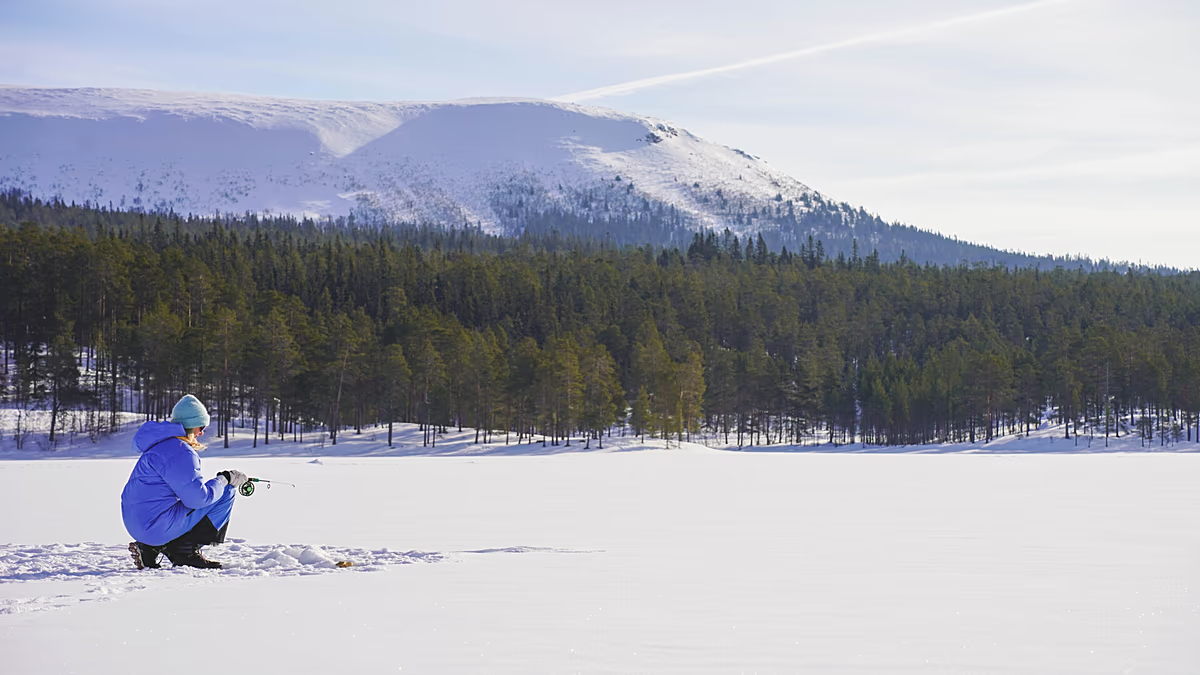When Adventure Meets Adversity: An Ill-Timed Trek on the O Circuit
In a concerning turn of events, a group of eager tourists recently found themselves facing unexpected challenges on Patagonia’s legendary O Circuit trek. The hikers embarked on their journey during a crucial gap in ranger presence at the park entrance, a time when professional guidance would have been invaluable. Compounding this issue, weather forecasting services had provided incomplete information about deteriorating conditions ahead. Without these two critical safety mechanisms functioning properly, the trekkers set off on one of South America’s most demanding hiking circuits just as weather patterns were taking a dangerous turn.
The absence of park rangers represents a significant breakdown in the park’s safety protocols. Rangers typically serve as the first line of defense against preventable wilderness emergencies, assessing hikers’ preparedness and providing up-to-date information about trail and weather conditions. They often make the difficult but necessary decision to advise against certain routes when conditions become treacherous. Their temporary absence created a vulnerability in the system that allowed hikers to proceed without crucial safety information or professional assessment of their readiness for the challenges ahead. For the trekkers, this meant setting out without the benefit of local knowledge that might have prompted them to alter their plans or prepare differently.
Weather forecasting issues further complicated the situation. The O Circuit, renowned for its breathtaking landscapes spanning Torres del Paine National Park, is equally known for rapidly changing weather patterns that can transform a pleasant hike into a survival scenario within hours. Accurate forecasting is essential for hikers to plan properly and make informed decisions. In this case, the available forecasts apparently failed to capture the severity of approaching weather systems, giving trekkers a false sense of security as they began their multi-day journey. By the time the true conditions became evident, the hikers were already well into remote sections of the trail with limited communication options and challenging evacuation routes.
The combination of these factors—absent rangers and misleading weather information—created a potentially dangerous scenario that highlights the vulnerabilities even experienced hikers face in remote wilderness areas. The O Circuit, stretching approximately 120 kilometers through varied and challenging terrain, demands respect and thorough preparation under the best circumstances. When critical safety systems fail simultaneously, even well-prepared hikers can find themselves in precarious situations. The group’s decision to proceed reflects a common challenge in outdoor recreation: balancing the determination to complete planned adventures against the wisdom of adapting to changing conditions. Without authoritative guidance at crucial decision points, many trekkers naturally default to continuing their planned itinerary.
This incident serves as a reminder of the complex infrastructure supporting wilderness safety. Park systems worldwide rely on multiple layers of protection—ranger presence, accurate weather forecasting, clear trail information, emergency response capabilities, and hiker education. When any of these components falter, the entire system becomes more vulnerable. For park management, this event likely prompted a review of staffing policies and weather information protocols. For the hiking community, it reinforces the importance of seeking multiple sources of information before remote treks and developing the judgment to make conservative decisions when uncertainty exists. The wilderness, for all its beauty, remains fundamentally unpredictable, requiring both institutional safeguards and personal responsibility.
Fortunately, this story appears to have ended without serious harm, though the full details of the trekkers’ experience remain unclear. Their journey through the O Circuit under challenging conditions joins countless tales of outdoor adventures that didn’t go according to plan—stories that often become valuable learning experiences for both individuals and organizations. As climate change increases weather volatility in many wilderness areas, including Patagonia, the systems supporting safe outdoor recreation must evolve and strengthen. Meanwhile, this incident serves as a powerful reminder for all wilderness enthusiasts: sometimes the most impressive demonstration of outdoor skill isn’t pushing forward against adversity, but recognizing when conditions demand restraint, flexibility, and the humility to change course when nature suggests a different plan.











